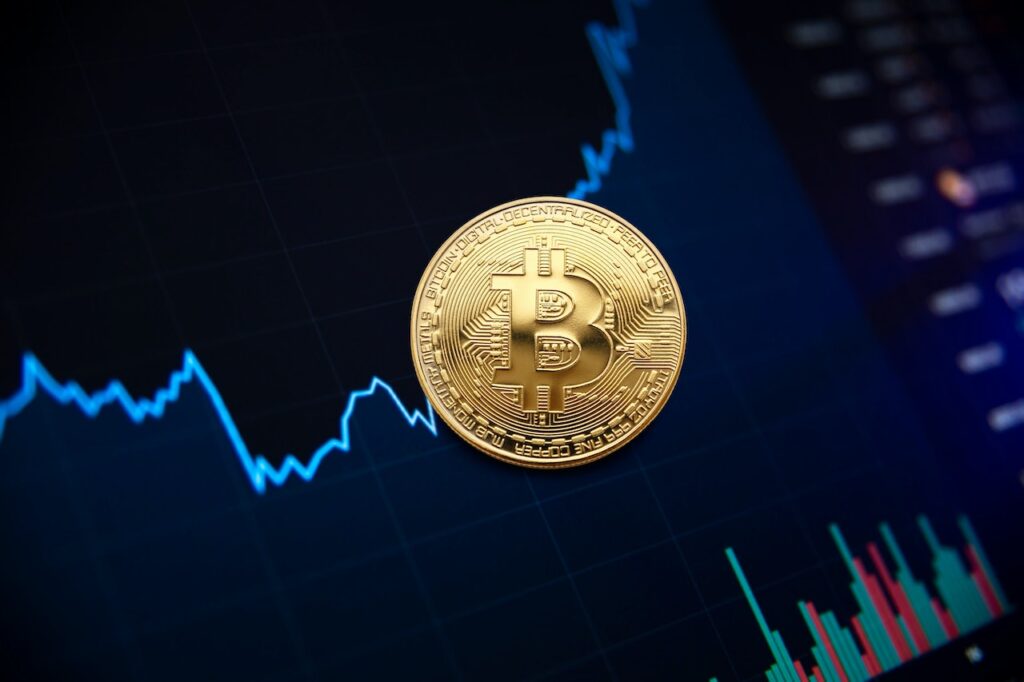Cryptocurrency mining, the process by which new digital currencies are created and transactions are verified on blockchain networks, has garnered significant attention in recent years. However, the environmental impact of this activity has raised concerns globally. This article delves into the intricate relationship between cryptocurrency mining and the environment, exploring the energy consumption, carbon footprint, and various environmental challenges associated with this burgeoning industry. By examining the current state of affairs and discussing sustainable practices and regulatory considerations, we aim to provide a comprehensive overview of the environmental implications of cryptocurrency mining.
**1. Introduction to Cryptocurrency Mining**
**Definition and Process of Cryptocurrency Mining**
Cryptocurrency mining is like digital prospecting but without the pickaxe and cowboy hat. Miners compete to solve complex mathematical puzzles to validate transactions on the blockchain and secure the network. Think of it as the nerdy backbone of the crypto world.
**Role of Miners in the Blockchain Network**
Miners are the unsung heroes of the blockchain, making sure transactions are legit and keeping the crypto cogs turning. They earn rewards in the form of new coins for their efforts, incentivizing them to keep the system running smoothly.
**2. Energy Consumption in Cryptocurrency Mining**
**Understanding the Energy Intensive Nature of Mining**
Cryptomining is a power-hungry beast, gobbling up energy like there’s no tomorrow. It’s like having a greedy roommate who never turns off the lights – but instead of a higher electricity bill, we’re talking about some serious environmental consequences.
**Comparative Analysis: Mining vs. Traditional Banking**
Compared to traditional banking, which also consumes energy but with a bit more discretion, crypto mining is like the rowdy party guest who leaves the place in shambles. It’s a tough comparison, but one that sheds light on the environmental impact of our digital currency obsession.
**3. Carbon Footprint and Greenhouse Gas Emissions**
**Impact of Mining on Climate Change**
Cryptocurrency mining isn’t exactly best buds with Mother Nature. Its carbon footprint can rival that of a herd of cattle – and not in a good way. The energy-intensive process emits greenhouse gases that contribute to climate change, putting our planet’s health at risk.
**Measuring the Carbon Footprint of Cryptocurrency Mining**
Trying to calculate the exact carbon footprint of cryptomining is like trying to herd cats – challenging, to say the least. But one thing’s for sure: it’s not a pretty picture, and it’s something we can’t afford to ignore.
**4. Environmental Concerns and Criticisms**
**Resource Depletion and E-Waste Generation**
Cryptocurrency mining isn’t just about energy consumption; it also has a knack for chewing through resources and spitting out e-waste like nobody’s business. It’s like a factory churning out both digital gold and environmental headaches.
**Community Displacement and Land Use Issues**
When cryptomining sets up shop in town, it can lead to some unwanted side effects. From displacing communities to gobbling up land for mining operations, the environmental footprint can extend far beyond just energy consumption. It’s like a messy houseguest that overstays its welcome.
5. Sustainable Practices and Innovations in Mining
Renewable Energy Integration in Mining Operations
Cryptocurrency mining is evolving towards a greener future with the integration of renewable energy sources like solar and wind power. By reducing reliance on fossil fuels, mining operations can lower their carbon footprint and contribute to a more sustainable industry.
Efficiency Improvements and Waste Reduction Strategies
Efficiency improvements, such as optimizing hardware configurations and cooling systems, can significantly reduce energy consumption in cryptocurrency mining. Waste reduction strategies, such as repurposing heat generated during mining for other applications, can further enhance sustainability efforts.
6. Regulatory Challenges and Future Outlook
Current Regulatory Landscape for Cryptocurrency Mining
The regulatory landscape for cryptocurrency mining is still evolving, with varying degrees of oversight across different regions. Regulations related to energy consumption, environmental impact, and mining practices are being developed to ensure responsible and sustainable operations.
Emerging Trends and Potential Solutions
Emerging trends in cryptocurrency mining include the adoption of eco-friendly practices and the development of innovative technologies to mitigate environmental impact. Potential solutions may involve collaborative efforts between industry stakeholders, policymakers, and environmental experts to shape a more sustainable future for mining.In conclusion, as the popularity of cryptocurrencies continues to rise, it becomes increasingly important to address the environmental impact of mining activities. By promoting sustainable practices, embracing innovative technologies, and implementing effective regulations, we can strive towards a future where cryptocurrency mining can coexist harmoniously with the environment. Awareness and collective efforts are key in mitigating the environmental footprint of this evolving industry for a greener and more sustainable tomorrow.
FAQ
1. Why is cryptocurrency mining considered environmentally damaging?
Cryptocurrency mining often requires vast amounts of electricity, predominantly sourced from non-renewable energy, leading to high carbon emissions and environmental strain. The energy-intensive nature of mining operations contributes to concerns about its environmental impact.
2. Are there any sustainable practices being adopted in cryptocurrency mining?
Yes, some mining operations are transitioning towards using renewable energy sources such as solar or hydroelectric power to reduce their carbon footprint. Additionally, efforts are being made to improve energy efficiency and minimize waste generation in mining processes.
3. How can regulations help mitigate the environmental impact of cryptocurrency mining?
Regulations can play a crucial role in enforcing environmental standards and promoting sustainable practices within the cryptocurrency mining industry. By setting guidelines on energy consumption, emissions, and waste management, regulators can steer mining activities towards more eco-friendly practices.





Facebook Comments